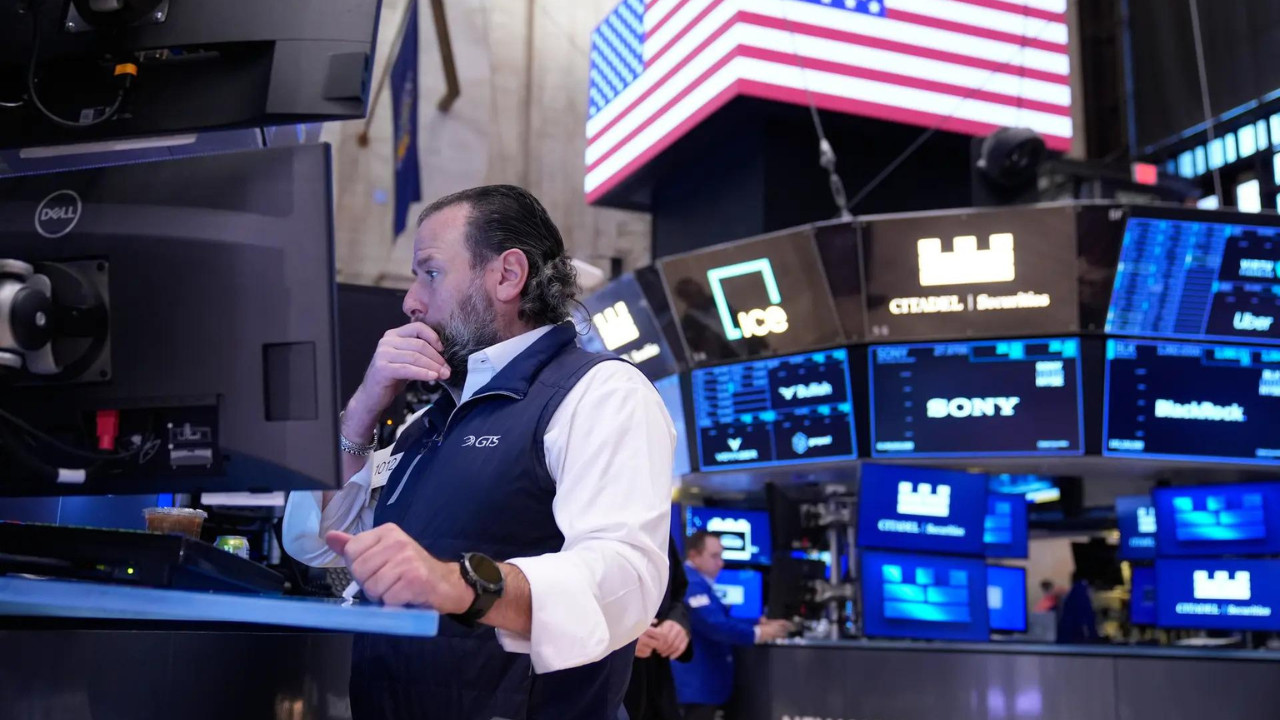Blinkit’s rapid expansion has significantly boosted Eternal CEO Deepinder Goyal’s wealth, increasing it by Rs 2,000 crore in two trading sessions. Eternal’s stock surged, driven by Blinkit surpassing Zomato in net order value. This rally propelled Eternal’s market capitalization past Rs 3 lakh crore, exceeding giants like Wipro and Tata Motors.
Blinkit’s Boom: How Instant Gratification is Fueling Zomato’s Ascent
Remember the days when ordering groceries online meant planning ahead, browsing endless aisles (virtually, of course), and waiting patiently for a delivery slot? Those days are fading fast, thanks to the rise of quick commerce, and no one seems to be benefiting more than Blinkit and its parent company, Zomato. The past few days have been nothing short of a rocket ride for Zomato’s stock, fueled by Blinkit’s impressive performance.
The numbers speak for themselves. Zomato’s shares have surged dramatically, adding a cool ₹2,000 crore to the net worth of its CEO, Deepinder Goyal, in a mere two days. This isn’t just a blip; it’s a sign of a fundamental shift in how Indians are shopping for their daily needs. But what exactly is driving this Blinkit boom, and what does it mean for the future of e-commerce?
Decoding the Quick Commerce Craze
Blinkit’s success hinges on one simple yet powerful promise: instant gratification. Need milk for your morning coffee? Craving a midnight snack? Forgot an essential ingredient for dinner? Blinkit delivers it all, typically within minutes. This speed and convenience are proving irresistible to a growing segment of consumers, particularly in urban areas where time is a precious commodity.
The quick commerce model isn’t just about speed; it’s about hyper-localization and a curated selection. Blinkit strategically positions its dark stores (small, delivery-focused warehouses) in densely populated areas, ensuring rapid delivery times. And instead of overwhelming shoppers with an endless catalog of products, they focus on offering a carefully chosen range of frequently purchased items.

Zomato’s Strategic Bet on Instant Delivery
Zomato’s acquisition of Blinkit wasn’t universally applauded at the time. Some analysts questioned the high price tag and the potential for dilution of Zomato’s core food delivery business. However, in hindsight, it looks like a stroke of genius. The move allows Zomato to tap into a rapidly expanding market, diversify its revenue streams, and leverage its existing logistics infrastructure.
By integrating Blinkit into its ecosystem, Zomato is creating a powerful platform that caters to a wide range of consumer needs. Imagine ordering dinner from a Zomato restaurant and simultaneously adding missing ingredients for tomorrow’s breakfast from Blinkit – all within the same app. This seamless integration is a key differentiator and a major competitive advantage.
Beyond the Hype: Is the Blinkit Business Model Sustainable?
While the current momentum is undeniable, the long-term sustainability of the quick commerce model remains a topic of debate. The high costs associated with rapid delivery, including warehouse rentals, delivery personnel salaries, and inventory management, pose significant challenges. Profitability in this space is still a work in progress for most players.
Blinkit, however, seems to be on the right track. Recent reports suggest that the company is making significant strides in improving its operational efficiency and reducing its burn rate. The focus on higher-margin products, strategic partnerships with brands, and the implementation of advanced logistics technologies are all contributing to a more sustainable business model. It will need to continue to evolve to continue to win. Learn how Swiggy is another large player in the delivery service space, and how they’re innovating.
The Road Ahead for Zomato and Quick Commerce
The future looks bright for Zomato, but the path ahead isn’t without its challenges. Competition in the quick commerce space is intensifying, with established players like Zepto and Dunzo vying for market share. Maintaining customer loyalty, managing costs, and adapting to evolving consumer preferences will be crucial for long-term success.
However, with its strong brand recognition, extensive delivery network, and a growing ecosystem of services, Zomato is well-positioned to capitalize on the quick commerce opportunity. The company’s recent success is a testament to its strategic vision and its ability to execute effectively in a dynamic and competitive market. The Blinkit boom is more than just a short-term stock surge; it’s a reflection of the changing landscape of e-commerce and the growing demand for instant gratification. The future of grocery shopping is here, and it’s fast, convenient, and delivered straight to your doorstep.
In conclusion, Zomato’s gamble on quick commerce through its Blinkit acquisition appears to be paying off handsomely. The rapid growth and increasing stock value are a clear indicator of the shift in consumer preferences toward instant delivery and convenience. However, maintaining this momentum will require continuous innovation and a keen focus on operational efficiency to navigate the challenges of a competitive market.







